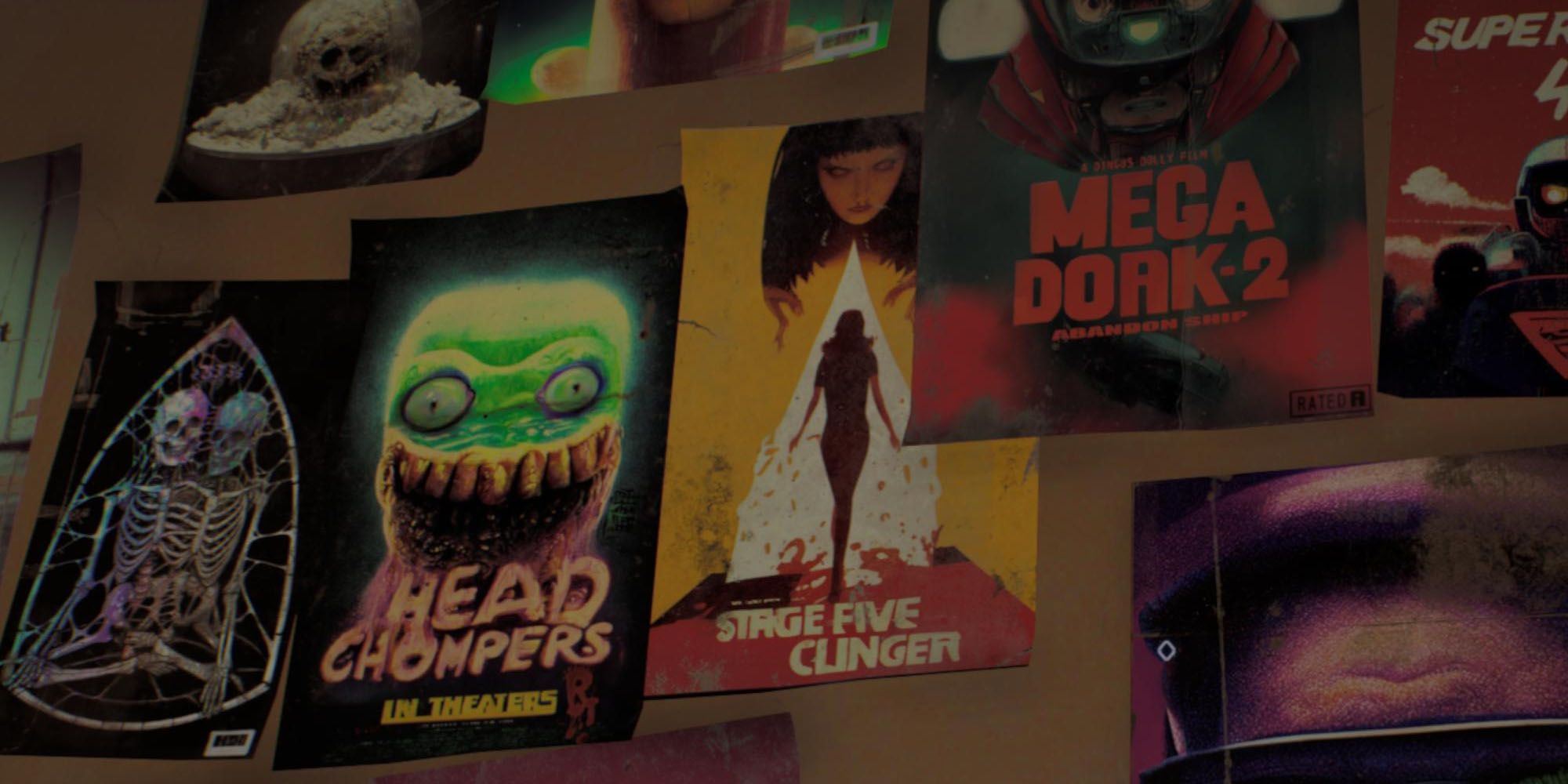Some eagle-eyed High On Life players have been investigating the in-game posters, and found that they share some striking similarities to AI art when it comes to obvious blunders. They have wonky, unfinished eyes (without iris'), extra fingers, messed up feet and hands, and uneven proportions. All hallmarks of the unncanny valley that is AI-generated art.
And it turns out that they're right. High On Life co-creator Justin Roiland told Sky News that the team used Midjourney AI to add finishing touches, "It makes the world feel like a strange alternate universe of our world, and we used it to come up with weird, funny ideas. I don't know what the future holds, but AI is going to be a tool that has potential to make content creation incredibly accessible."
This is a troubling mindset, because there are already countless artists struggling to find work who could have easily been hired to create these posters for High On Life, rather than relying on AI that steals art to create similar work. If you're out of the loop, they're trained on data that's collected without consent, recreating entire styles and motifs so blatantly that many have put their art side-by-side with viral AI work, showing just how similar they are. It also, as Roiland does in his quote, implies that art is grunt work, rather than a form of expression to be celebrated.
Even aside from poor ethics, AI art is ripe with mistakes that wouldn't happen if you simply hired actual artists. Those blunders are incredibly common because AI art struggles with a lot of human anatomy, resulting in horrifying messes that tend to blend features or miss out key parts altogether. These are things real people wouldn't do.
But it's not just art that Roiland and developer Squanch Games used AI for, as lead designer Erich Meyr told Sky News that they used AI to prototype character voices, with one minor role even making the cut. Much as with the art community, voice actors have spoken out against using AI to do voice work, given that it takes jobs away from actual actors, while also creating the mindset that it's, again, grunt work, rather than a passionate form of expression.
And once again, aside from poor ethics, it's just not that good. AI voice work tends to be stilted and uncanny, noticably inhuman. We saw this with Luke Skywalker in The Book of Boba Fett who had emotionless eyes and a monotone voice, turning what was once a full-of-life character into a robot wheeled out to make the fans scream with excitement as they saw their childhood brought back to life like a puppeteered corpse.
Between deepfake film characters, talk of streamlining game dev with AI, and now it actually being used in High On Life, it's a worrying precedent for the future of the industry. Just hire artists.

